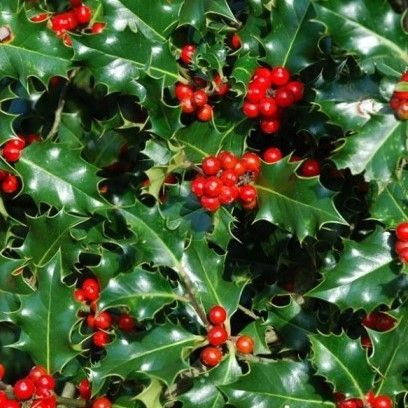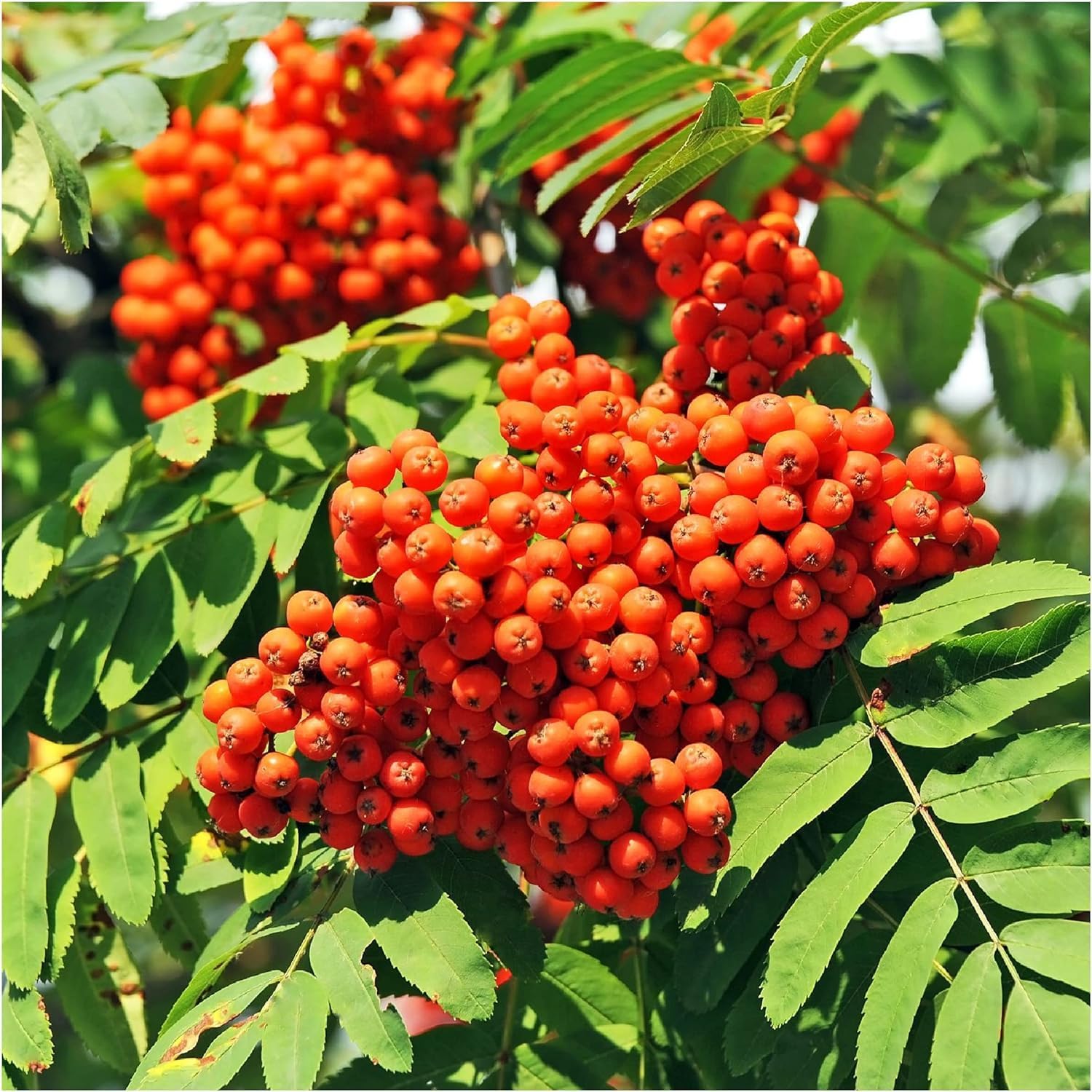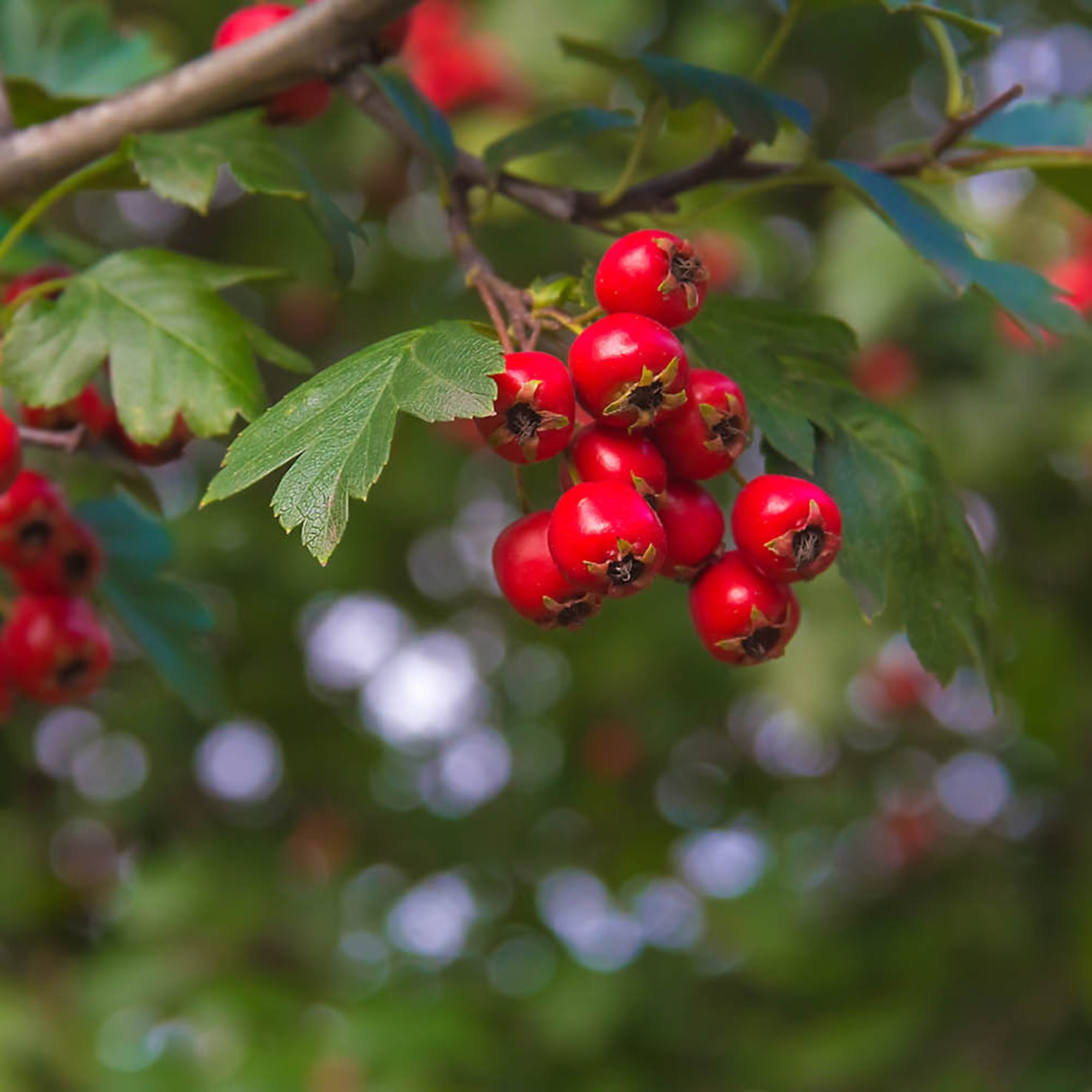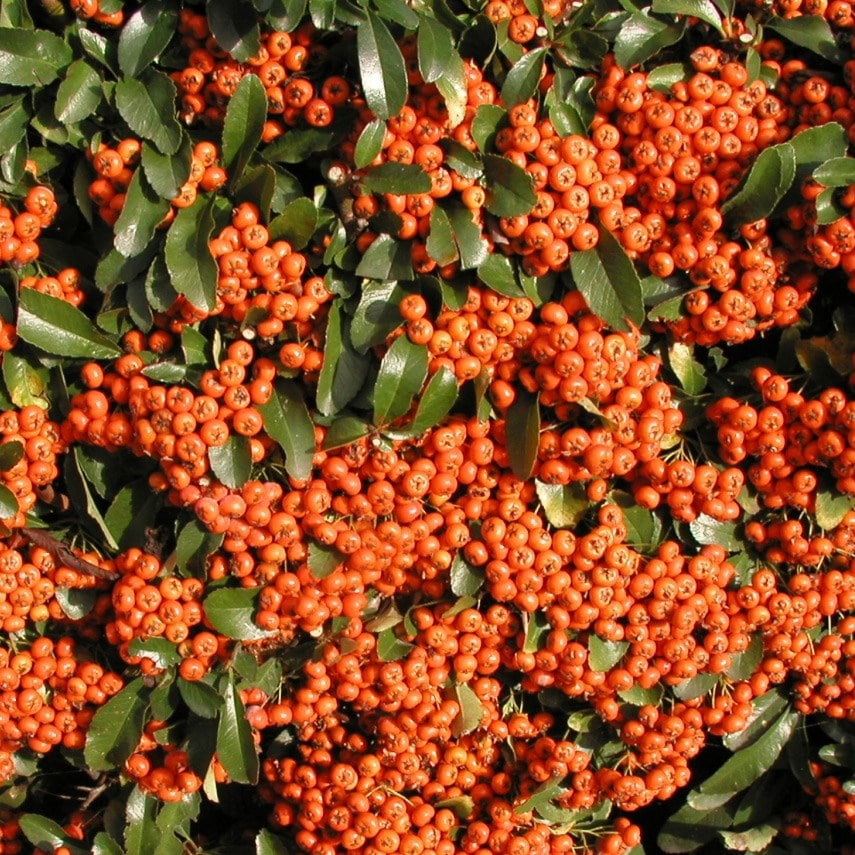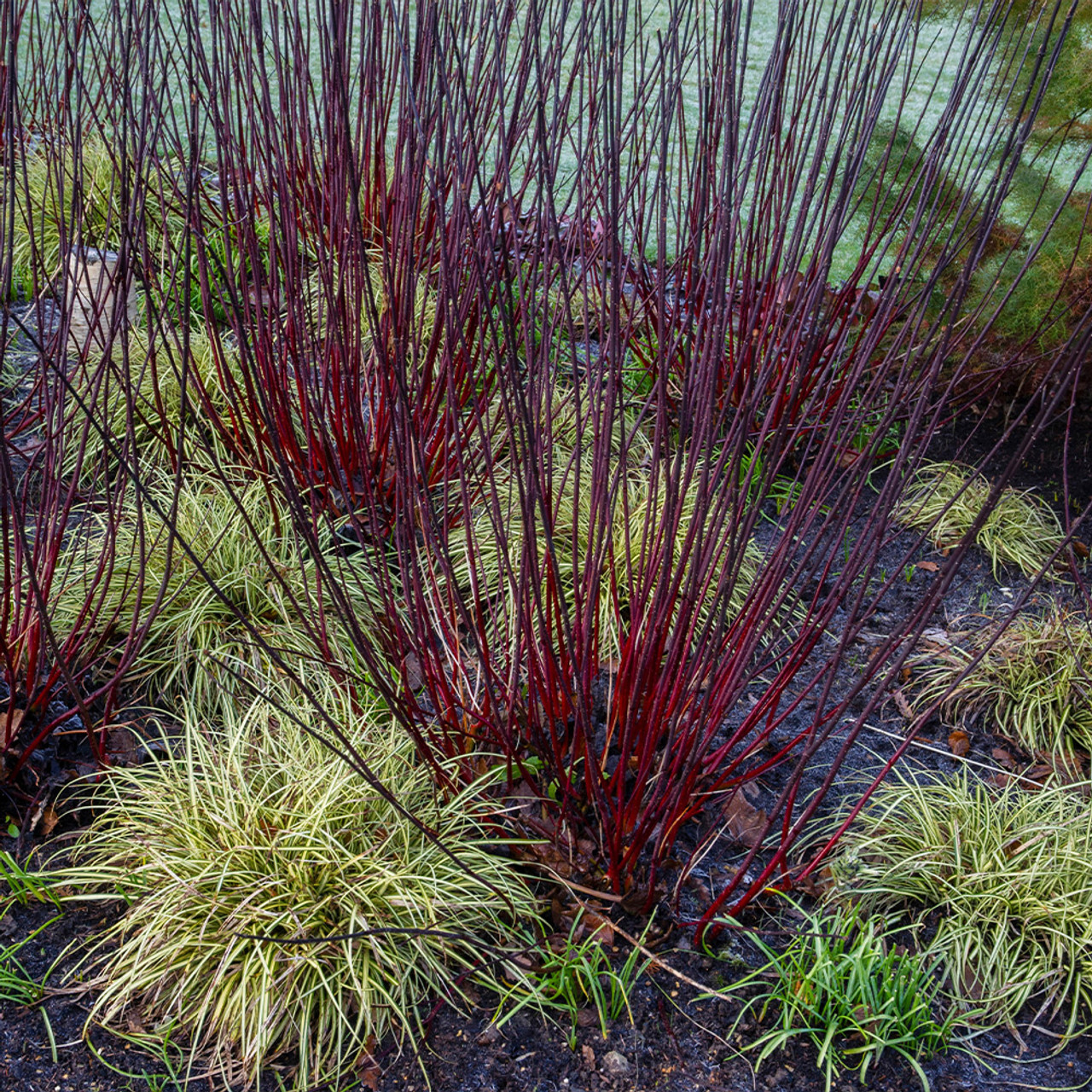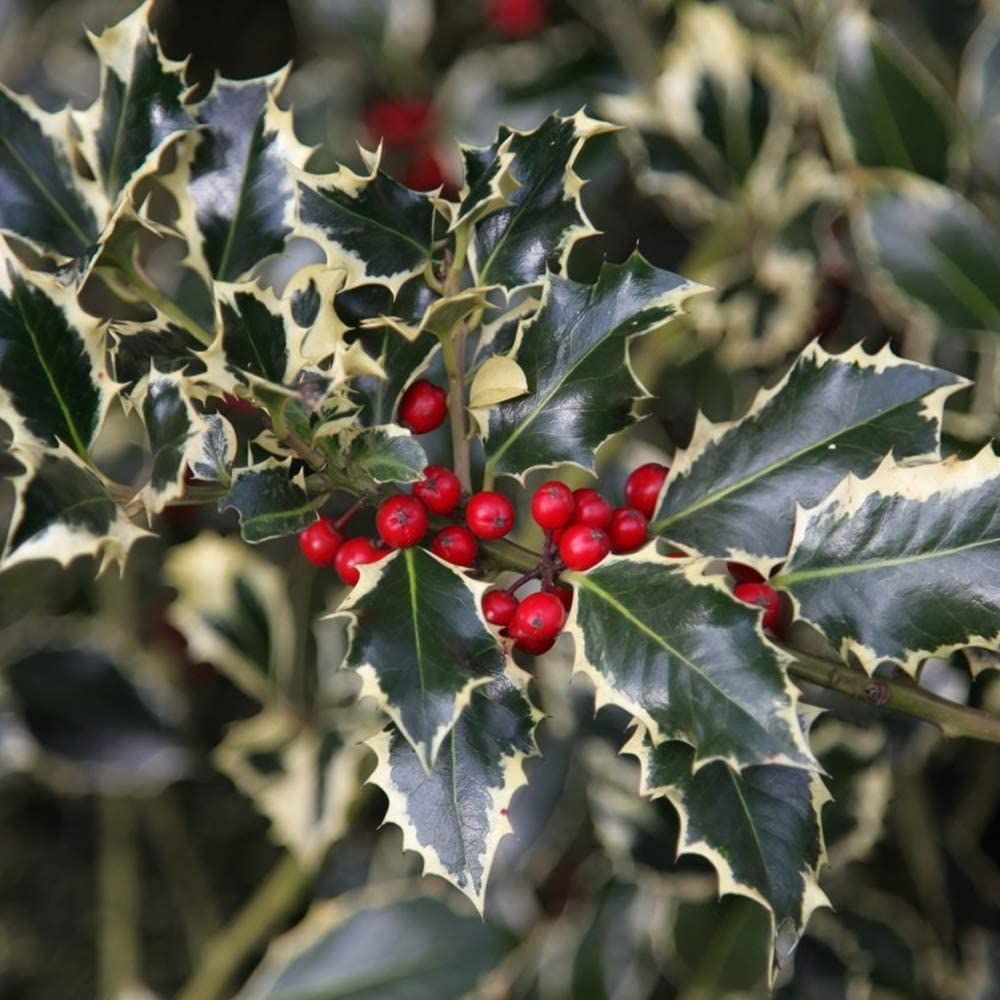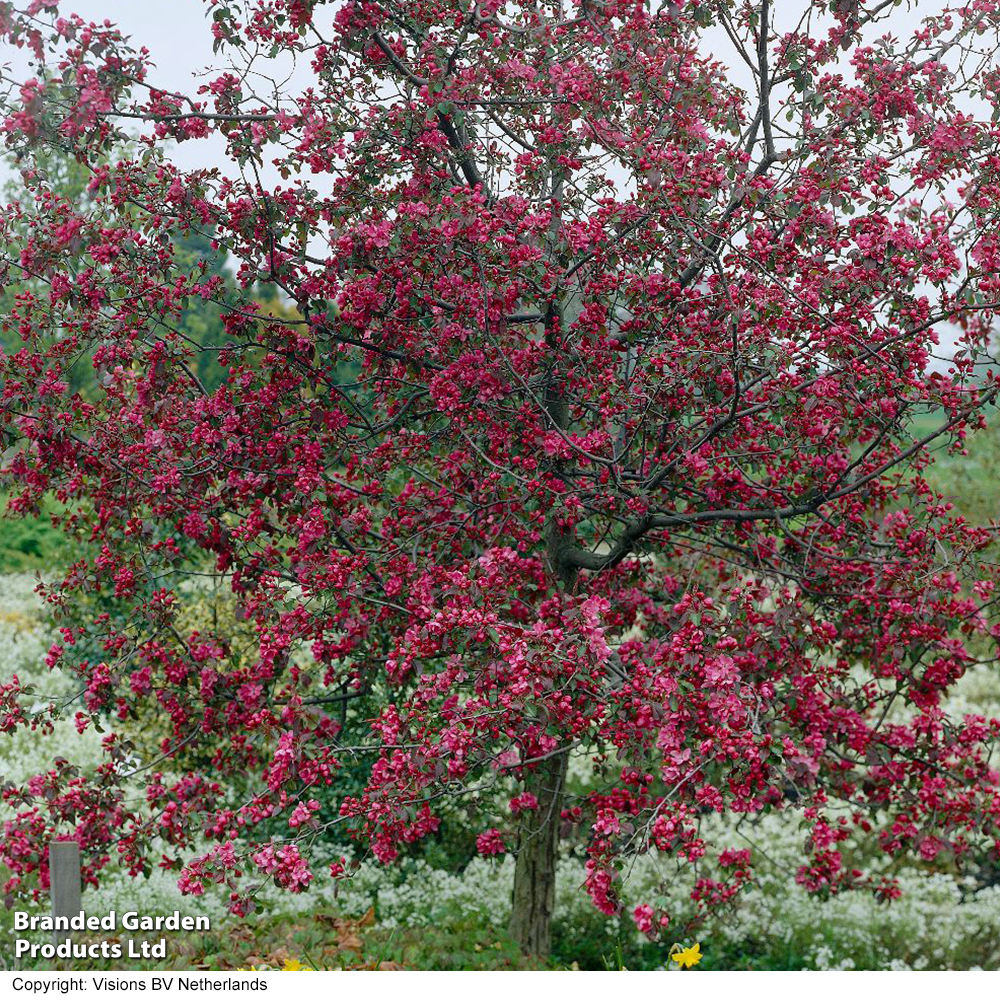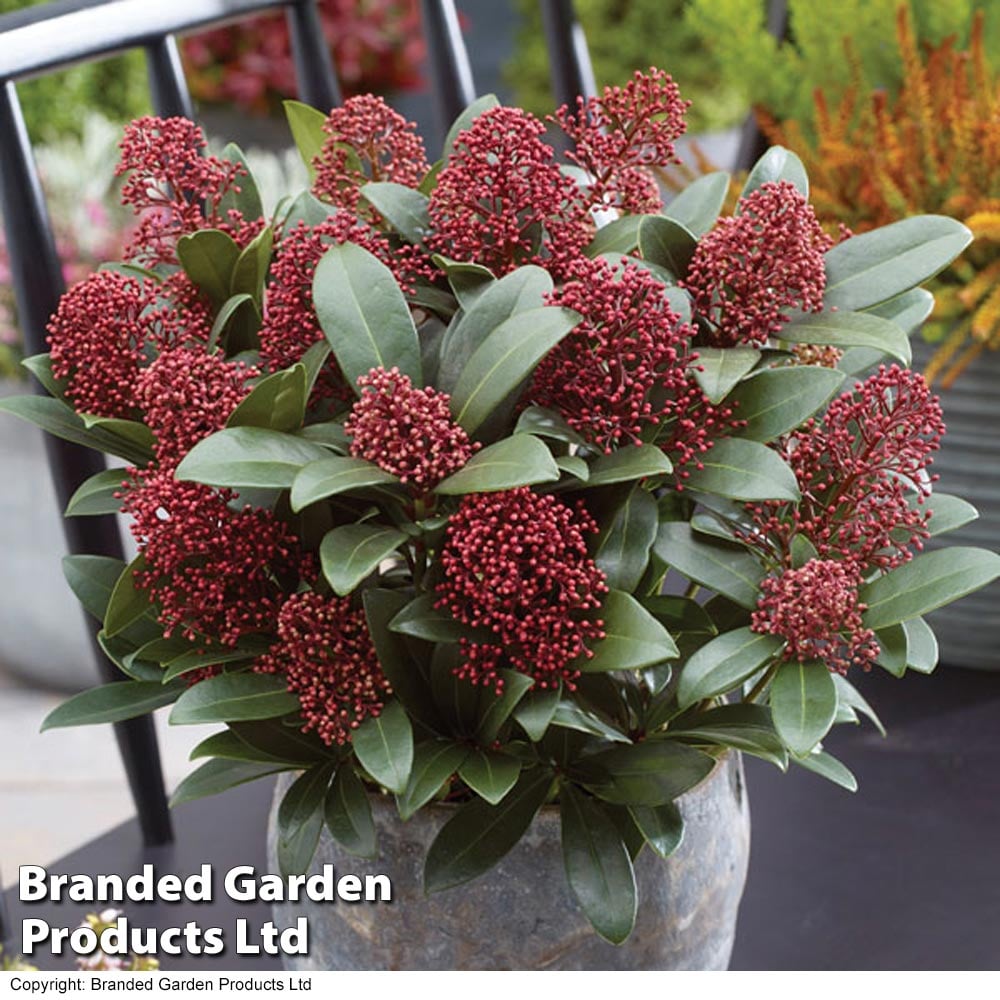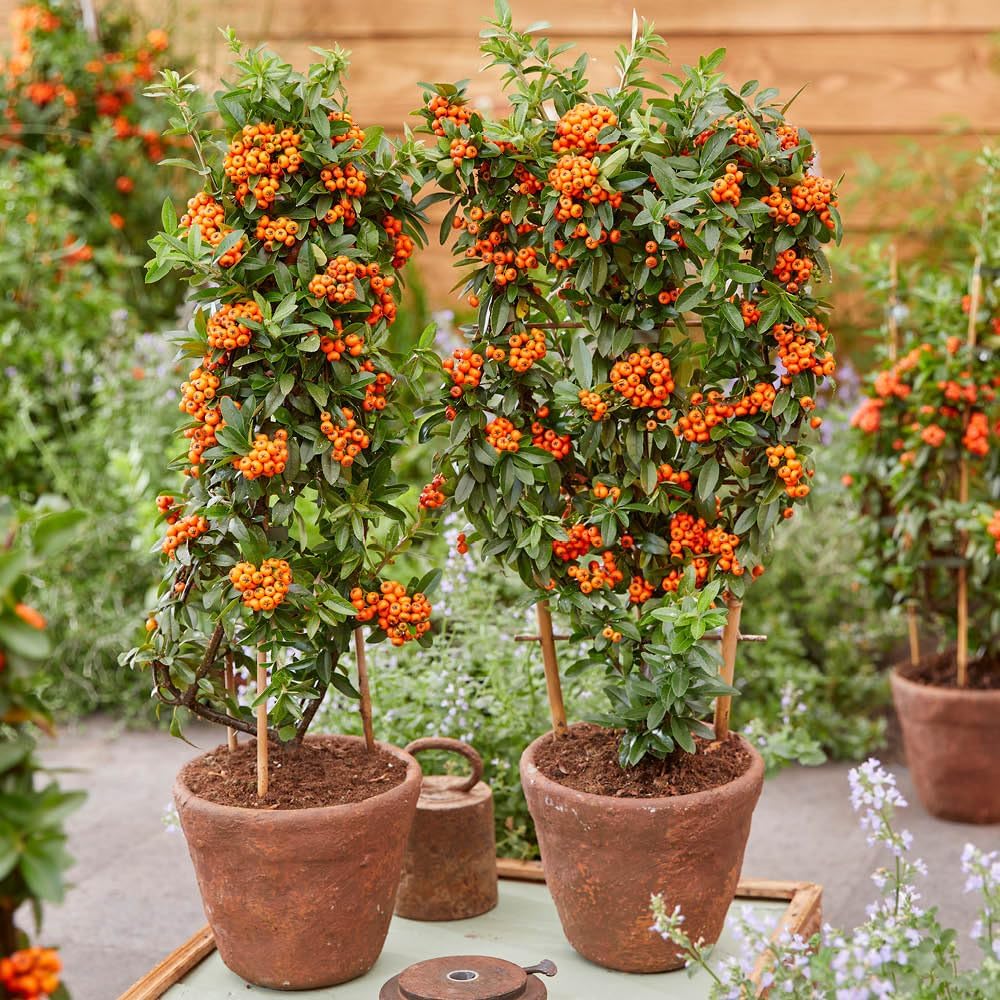Birds will flock to your garden if you plant these berry-bearing shrubs and trees - they'll also add a welcome pop of winter colour
Attract birds to your garden with colourful berry-bearing varieties that will keep them fed through the cold winter months
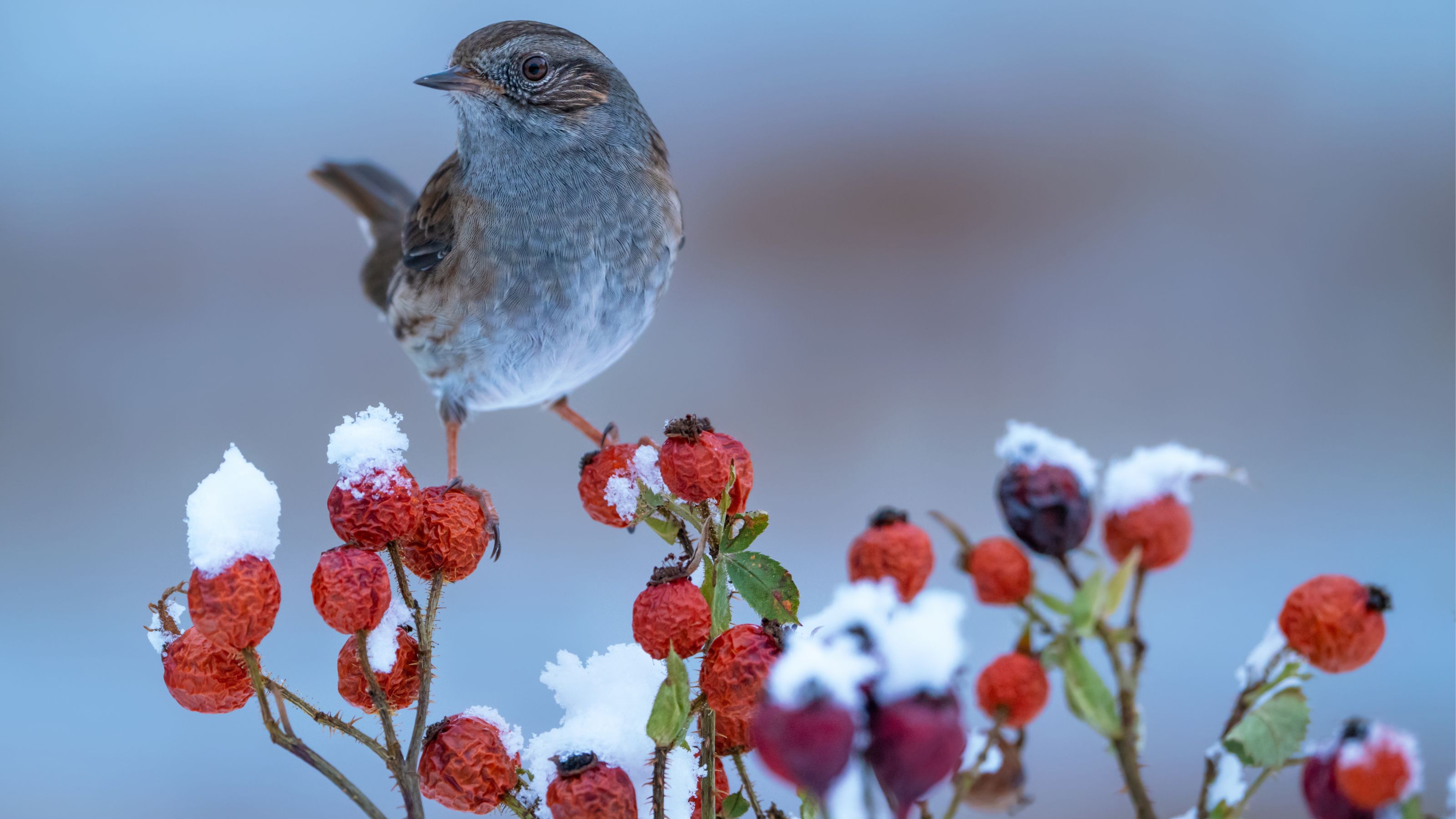
- 1. Include a mix of berried shrubs and trees to attract different birds
- Shop for berry-bearing shrubs and trees
- 2. Use berried plants to add colour and warmth to the garden
- Shop for berry-bearing shrubs and trees
- 3. Combine different berry species to give longer-lasting colour
- Shop for berry-bearing shrubs and trees
- 4. Pick hardy varieties for low-maintenance
- 5. Use berry-bearing shrubs to fill out borders over winter
- 6. Choose a size that suits your outdoor space
- Shop for potted varieties
- 7. Be mindful of pets with berry-bearing plants

As our gardens die back and lose their colour over winter, spare a thought for the local birds and wildlife too, as the lack of foliage can mean they lose a vital source of food and shelter. For an easy way to help out, why not think about growing berry-bearing shrubs and trees that will feed birds and wildlife in your garden over winter?
When it comes to wildlife garden ideas and planting, certain berries are favoured by native bird species, particularly red berries, and by choosing plants that ripen at different times, it’s possible to create a 'rolling buffet' for birds that will last for months and keep them fed through the winter.
‘Planting berry-bearing trees and shrubs is one of the best ways you can support wildlife and feed birds through the colder months,’ says David Denyer, flower and garden expert at Eflorist. ‘As temperatures drop and insects become scarce, berries provide a vital source of food for birds, hedgehogs, and small mammals. A few berry-laden branches can become a hub of activity for robins, blackbirds, and other visiting birds that will bring life to your garden during the cold winter.’
1. Include a mix of berried shrubs and trees to attract different birds
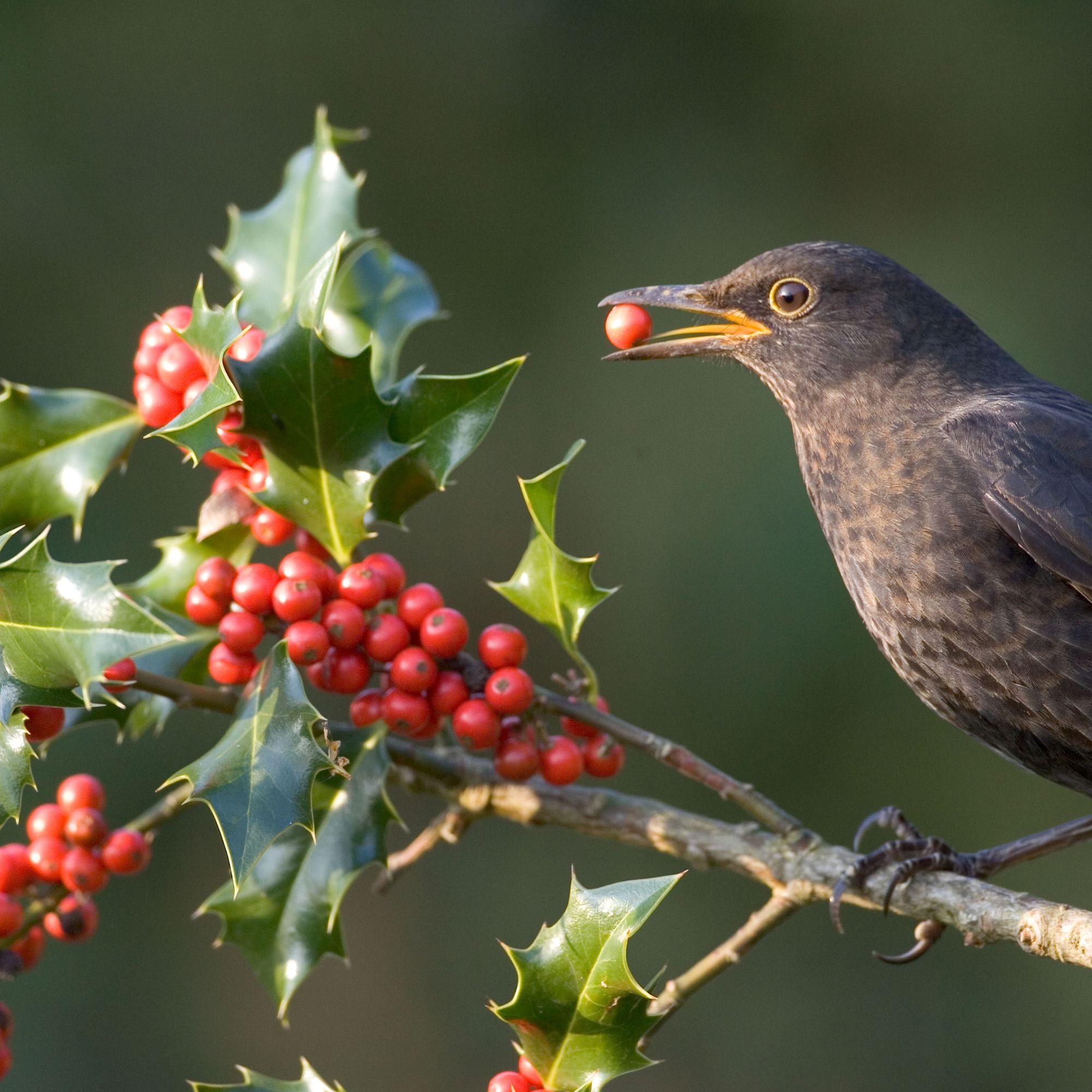
‘When it comes to growing trees and shrubs with berries, different plants will attract different species, so it’s good to include a mix in your garden if you want to increase the variety of wildlife you’ll see,’ says David.
‘Blackbirds, thrushes, and redwings love holly, rowan, and hawthorn berries, while finches and sparrows are drawn to pyracantha and cotoneaster. If you grow crabapples, expect visits from fieldfares and even the occasional waxwing in colder winters.’
‘Even mammals such as hedgehogs and field mice benefit from the berries your plants grow, feeding on fallen berries near hedges and borders.’
Shop for berry-bearing shrubs and trees
2. Use berried plants to add colour and warmth to the garden
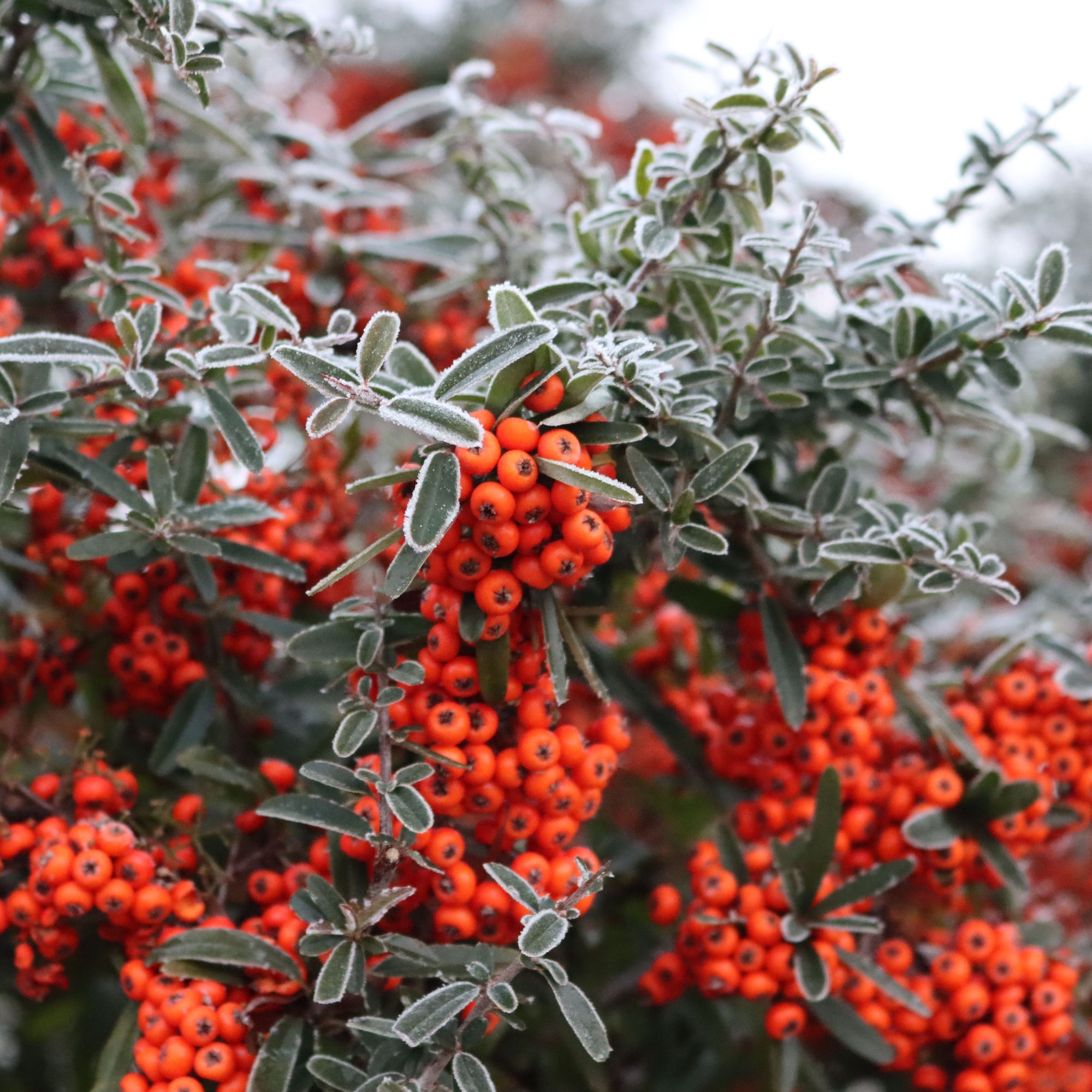
‘Berried plants don’t just feed wildlife,’ adds David. ‘They are also one of the simplest ways to bring warmth and colour to your garden, especially when most other plants have faded during the winter months.’
Sign up to our newsletter for style inspiration, real homes, project and garden advice and shopping know-how
‘Red holly berries, orange pyracantha, and the deep purples of elder or dogwood are hardy and will continue to grow in winter, creating a beautiful contrast against any bare branches and evergreen foliage.’
And you don’t need a large garden to grow berry-bearing shrubs, they can be planted in borders, along fences and trellis, trained as hedges or even grown in pots and containers if you opt for more compact bushes such as holly, skimmia and cotoneaster.
Shop for berry-bearing shrubs and trees
3. Combine different berry species to give longer-lasting colour
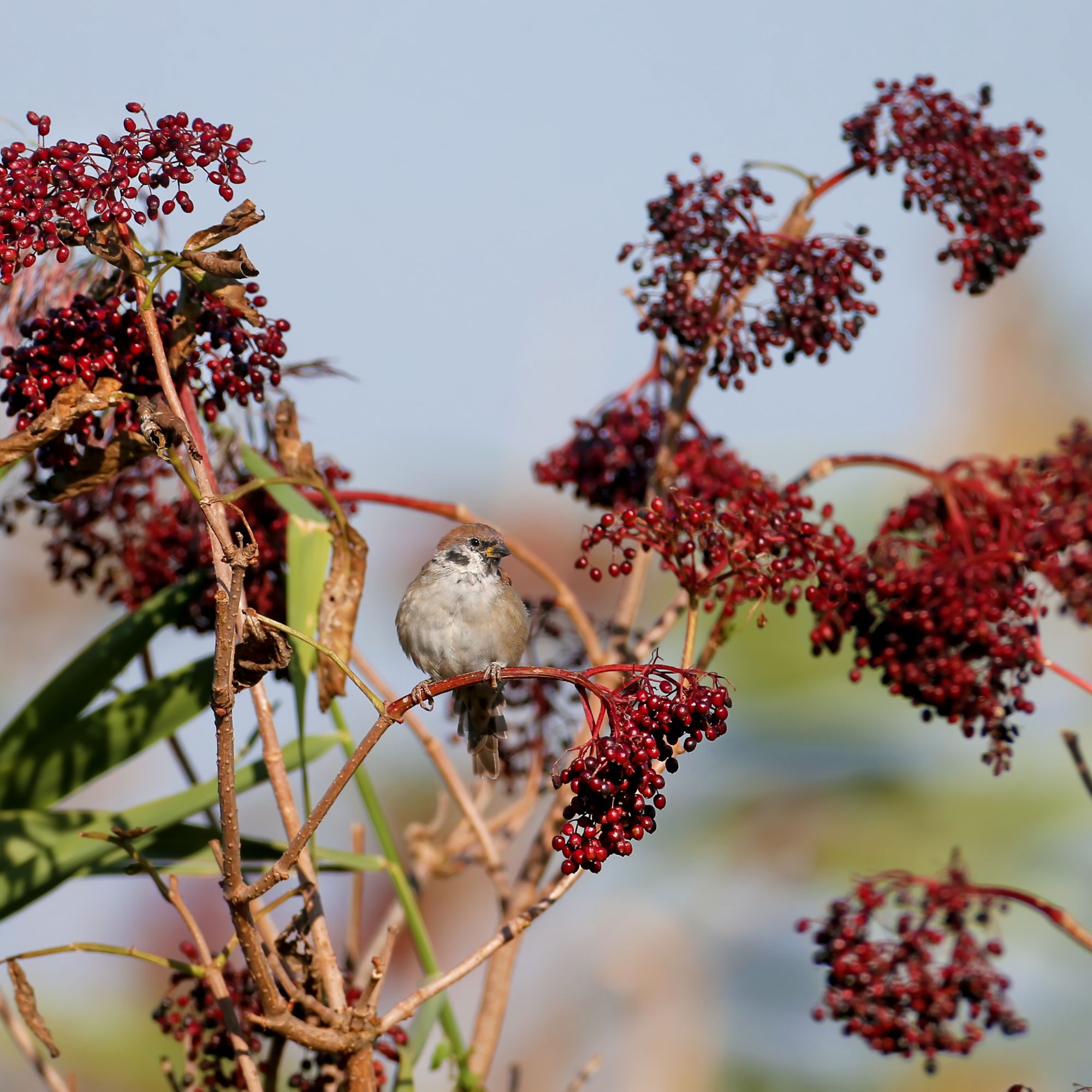
‘When you’re planting trees with berries or planting trees for colour, you don’t need to stick to one type of plant,’ advises David. ‘Mixing species will help extend the season of your berries and so will support wildlife throughout the entirety of winter, providing a staggered feast for months.’
‘For example, hawthorn and rowan provide early berries, while holly and cotoneaster last well into late winter, so these combinations are great for maintaining wildlife and providing a ‘rolling buffet’.’
‘Plant these trees and shrubs along your fences, hedgerows, or the back of borders so that birds and any mammals will feel sheltered while feeding. Even in smaller gardens, one or two berrying shrubs in containers can make a real difference to the wildlife around your home.’
Shop for berry-bearing shrubs and trees
4. Pick hardy varieties for low-maintenance

‘Most berrying shrubs and trees are hardy and low-maintenance, making them perfect for beginners,’ adds David. ‘They prefer well-drained soil and a sunny or partially shaded spot.’
‘If you can, plant them in autumn while the soil is still warm, so roots can establish before temperatures drop. Water regularly during the first few months, and once they’re established, they’ll need very little extra care.’
‘Avoid pruning heavily in winter, as that can remove berries or flowering stems that would feed wildlife the following year.’
5. Use berry-bearing shrubs to fill out borders over winter
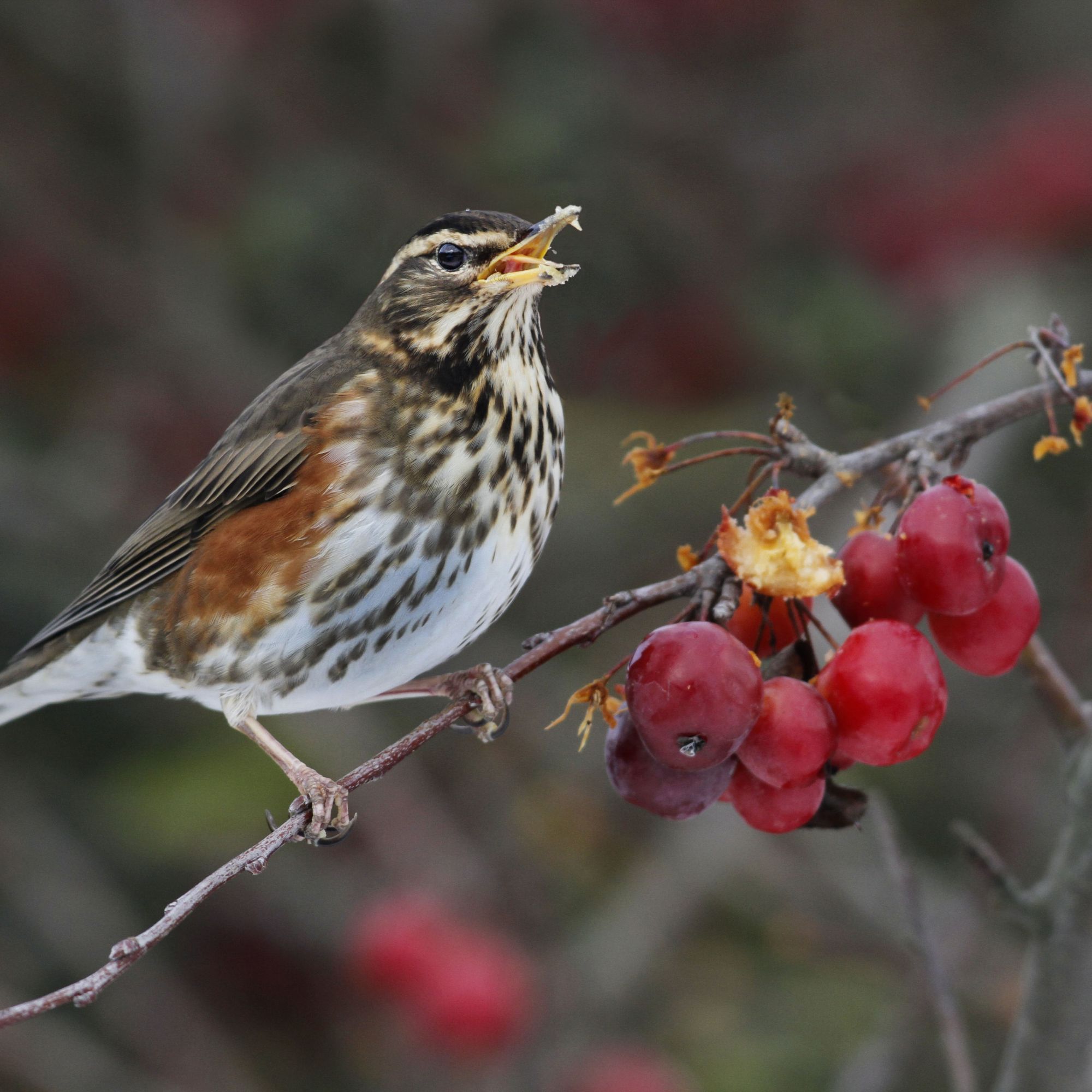
“My top recommendations for berry-producing trees are holly, rowan (mountain ash), hawthorn, pyracantha, cotoneaster, and crabapple,’ suggests David.
‘They’re all hardy, low-maintenance, and provide excellent food sources through all of the winter months. Plus, berrying shrubs and small trees give your garden depth and interest, even when most other plants have died back. Their branches, berries, and evergreen leaves help form a natural framework that looks full and balanced through winter.”
6. Choose a size that suits your outdoor space

‘Even in the smallest garden or courtyard, one well-chosen shrub in a pot or container idea can make a big difference. A berry bush on a balcony or patio still provides colour, food, and a small refuge for visiting wildlife through the winter,’ suggests David.
‘When it comes to tidying and maintaining your garden, try to leave some fallen berries on the ground as they’ll feed ground-feeding birds like blackbirds and thrushes. You should avoid using pesticides near these plants, as chemicals can harm the very insects and birds you’re trying to attract.’
Shop for potted varieties
7. Be mindful of pets with berry-bearing plants

‘If you have cats or dogs, just be mindful that some berries such as yew, holly, and ivy can be harmful if eaten, so it’s best to position any pet-poisonous plants out of reach or choose pet-safe varieties like crabapple or hawthorn instead if you have pets.’
Will you be planting any berry-bearing shrubs and trees in your garden this winter? Let us know which varieties you plan on growing.

Lisa is a freelance journalist who has written about interiors for more than 25 years. Previously editor of Style at Home magazine, she has worked on all the major homes titles, including Ideal Home, Country Homes & Interiors, 25 Beautiful Homes and Homes & Gardens. She has covered pretty much every area of the home, from shopping and decorating, crafts and DIY to real homes and makeovers and now regularly writes gardening stories for Ideal Home.
You must confirm your public display name before commenting
Please logout and then login again, you will then be prompted to enter your display name.
